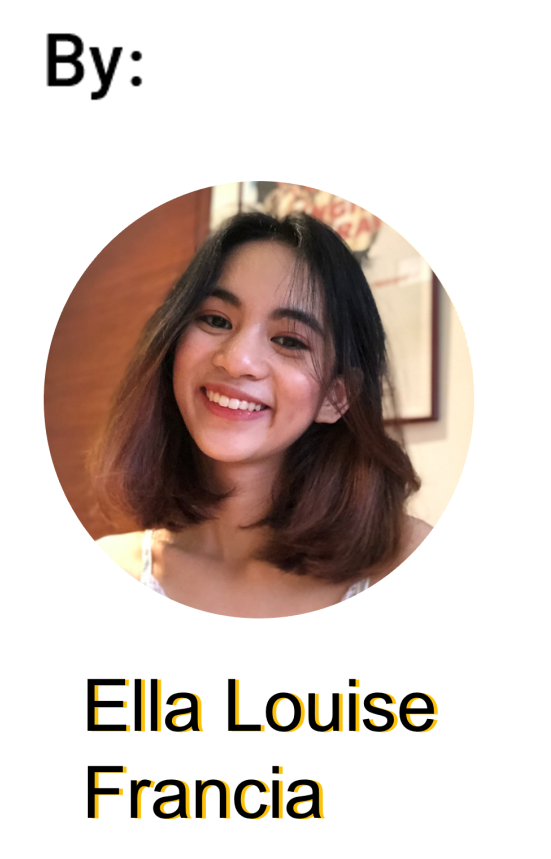
“We will do everything so that no student will be left behind.”
This was the battlecry of the Department of Education (DepEd) for school year 2020-2021, in assuring the country that they would continue to provide quality education despite the hurdles posed by the pandemic.
Yet, there has been little proof that DepEd followed through with their own battlecry.
There have been numerous cases of students who did not receive modules or lack the technology to continue with online learning. They also continue to forget about the situation of marginalized students, such as those from urban poor or indigenous communities.
One of the most left behind groups in the transition to modular and demote learning were students with disabilities.
Every year, we celebrate the International Day of Person with Disabilities (PWDs) on December 3rd to spread awareness about the experiences of PWDs and promote their rights and well-being at every level of society.
However, PWDs have been a long overlooked marginalized sector in the Philippines, and their situation has only exacerbated during this pandemic.
There are over five million children living with disabilities in the Philippines. Yet, they have been repeatedly excluded from the discussions regarding the development of programs and services for students made for their remote learning.
“Children with disabilities continue to face social exclusion, discrimination, and the lack of health services and therapy during quarantine, which could lead to lifelong and devastating impact in their development.” said Alberto Muyot, Chief Executive Officer (CEO) of Save the Children Philippines.
With this year’s World Disability Day theme ”Leadership and participation of persons with disabilities toward an inclusive, accessible and sustainable post-COVID-19 world”, it is only apt that we recognize the plight of the students with disabilities, learn how they were able to cope during the pandemic, and ensure they are properly represented nationwide.
Challenges Faced by Student PWDs
In a study published in the International Journal Of Advance Research And Innovative Ideas In Education (IJRSR) that tackled the experiences and challenges faced by PWD students towards online learning in the Philippines, they found that their respondents struggled with three main issues: the limitations of assistive technology, social and financial issues, and cognitive and mental health issues.
The study interviewed a total of 10 college students who had either visual, hearing, speech or orthopedic disabilities.
More than half of their respondents had difficulty with communicating with their professors and peers due to the limitations of their assistive technology.
The students explained that they already had a hard time adjusting to college before the pandemic due to the lack of special education (SpEd) classes and curricula in schools, but their hardships were doubled during the transition to online learning since they had to adjust to the “new normal” independently.
A blind student named Alwyn shared how he had to learn the user interfaces of applications such as Zoom and Google Meet on his own, but only with the help of his screen reader, a device used to help blind people interpret what is seen on their screens.
Inez, another blind student, also recounted an experience with her professor and how she communicated how the technology used to assist her was not working, but the professor did not help her with her situation.
“So sabi ko, ‘Ma’am, hindi po kase nababasa ng screen reader ‘yung mga pictures.’ Tapos, pinipilit po talaga niya na baka sa software ko lang daw yun, i- update ko daw. Gawan ko daw ng paraan. Hindi ko po talaga napakiusapan na magbigay ng alternate activity para sakin.” she said.
The students also felt they lacked a support system from their peers, especially as they were made fun of during PE classes for being unable to accomplish their activities. They also admitted that they were ashamed to reach out to their classmates for help, so most of the time they would keep to themselves and try to figure out the lessons on their own.
Meanwhile, not all students are privileged enough to gain access to these forms of technology and learning infrastructures.
Alisa Escober, a 15-year old student at the Philippine National School for the Blind (PNSB), was forced to buy a gadget at the beginning of online classes. She was only able to do this after she and her mother applied for a loan. Since the beginning of distance learning in 2020, her mother quit her job to assist teaching Alisa full-time.
Ronald Manguiat, one of Alisa’s teachers, said that out of the 14 students he teaches, only 7 could attend regular online classes. There is an obvious scarcity of resources that are available for students with disabilities as many of them are forced to do their modules with no pedagogical help and no available means of sending them back to their teachers.
These deep-seated issues in the educational system, magnified by the anti-student remote mode of learning, continue to demotivate students with disabilities to pursue their education.
“Naisipan ko po na huminto, n’ung una lang. Kasi sabi ko po kasi kung n’ung face-to-face lang, nahihirapan na kaming mga PWD, paano po kaya ngayong online learning na? “
However, for all of these students, they have no choice but to carry on as social standards continue to marginalize them.
Este, a single mother with an orthopedic condition, said that: “Una po, nainspire po ako mag-continue ng pag-aaral dahil po sa anak ko. Iniisip ko po kasi yung magiging future niya. Pangalawa po, mahirap po as PWD na makahanap ng trabaho kaya mas pinili ko mag-aral at hanapin kung ano yung kaya ko pang gawin.”
Experiences of Students with Special Needs
PWDs also include students who have intellectual and learning disabilities that have also been overlooked during the transition to online learning. Majority of them are assigned to special education (SPED) teachers to guide them with their school requirements, and the lack of face-to-face interaction with their SPED teachers makes it difficult for the students to remain attentive to their classes.
During interviews with SPED teachers from a local high school, they mentioned that the teaching process for their students with special needs changed drastically using online learning platforms than in face-to-face set-up.
In terms of mode of communication, one of the teachers explained that it was very easy for their students to switch tabs, mute themselves, and choose when to turn on their cameras. This made it difficult for the SPED teachers to accurately observe the established behavior of their students, and in turn, made it harder for them to help and teach the students.
She also mentioned that participating in activities involving socialization, an important part of the students’ routines, has become exhausting for her and her SPED students. In the past, SPED students from different levels were able to interact with one another outside their peers in their respective classes, but they were no longer able to do that due to conflicting schedules of their synchronous classes.
“Handling frustrations can be challenging, especially when you’re not physically there to guide your student to calm himself down.” she mentioned.
“Because of this, at the very start of the school year, we addressed it agad. Parent-Teacher partnership is a must. We teachers can’t do everything so we planned it to avoid self-harm or harm to others,” the teacher added.
For both teachers, they said their biggest challenge is having to change their approach and having to work in an environment they were not equipped for.
“There was a time wherein a student of mine was lashing out for a week and everyday he was just testing my limits.” SPED Teacher Jared Cimatu recounted.
He mentioned that the human aspect of teaching was greatly reduced, causing him to shift to different behavioral techniques he was not as familiar with to deal with the student’s breakdowns.
“Teaching was meant to be done face-to-face and the fact that we had to alter it to the online approach made it seem like we were selling content [to the students].” he explained.
“It made me feel more like a robotic worker,” Cimatu exclaimed.
A Non-inclusive Education System
Our education system fails those with disabilities by regarding them as “different” or “other” either by defining them solely by their disability or, for high functioning individuals, disregarding their illness entirely and forcing them to act what society deems as “normal”.
The Philippine government has made several efforts to make the country more inclusive towards PWDs with laws such as Republic Act No. 7277 also known as the “Magna Carta for Persons with Disability”, as well as the Inclusive Education Bill intended to aid in making our education more disability-inclusive.
However, the Magna Carta presumes that the PWDs who will benefit from this law already have decent jobs and decent families to provide for their needs, when in reality, they are one of the most disadvantaged sectors of society.
PWDs continue to rely on their families or NGOs to support them as they are not considered “employable” by many companies who pay minimum wage.
Additionally, we have yet to see the effects of the Inclusive Education Bill on our education system since all students are still measured by the same standard even when students have different financial contexts as well as physical and mental capacities to cope with the barriers to education induced by the pandemic.
The majority of problems related to PWDs come from the disparity of resources, especially from PWDs who come from low-income families or urban poor communities.
For example, our public infrastructure is highly inaccessible to those who are in wheelchairs because it is often assumed that the families of PWDs can afford transportation like cars and taxis or even domestic workers to help them get around the city. As illustrated earlier, it is the same situation for student PWDs in online classes who lack the assistive technology due to their expensive cost.
According to Stella Akua Mensah, a writer for the Disability Visibility Project, “There is no way for us all to be free without dismantling the reductive systems of control that enforce state-serving notions of normalcy and rightness, the consequences of which are fatal for so many of us.”
The best the current administration can do is to go beyond assumptions of the situations of PWDs and form grassroots solutions crafted alongside them to achieve the broadest way to becoming inclusive. This can be done by having educational institutions conduct consultations and fora with student PWDs from different sectors to survey their social and financial needs.
They must also consider that they do not exist in a vacuum. PWDs come from all socioeconomic classes, have different contexts, and function differently from one another which must be considered in policy-making and social programs.
Problems in the education sector that disable the right of students to learn are only symptomatic of unequal social structures that do not only impede learning, but the collective well-being of the people—thus leaving everyone behind.
The circumstances of the PWDs during the pandemic prove that there is a need for better and more accessible medical, psychosocial and counselling services from the state, as the root of most of their problems lie in the lack of public services readily available for ordinary citizens.
Most importantly, the government must be able to properly implement the Ligtas Balik Eskwela program— pushing for a safe and inclusive way for these students to go back to school and be able to learn in a more conducive environment. They must allocate sufficient funds not just to the education sector, but also for disseminating affordable basic services for all Filipinos, especially the marginalized.
It is only in this way that we can represent all PWDs affected by the existing policies in the country, and from there, we can genuinely achieve an education that does not leave any student behind.
#NoStudentLeftBehind
#LigtasNaBalikEskwela
#PWDDay
Featured image courtesy of Rappler.

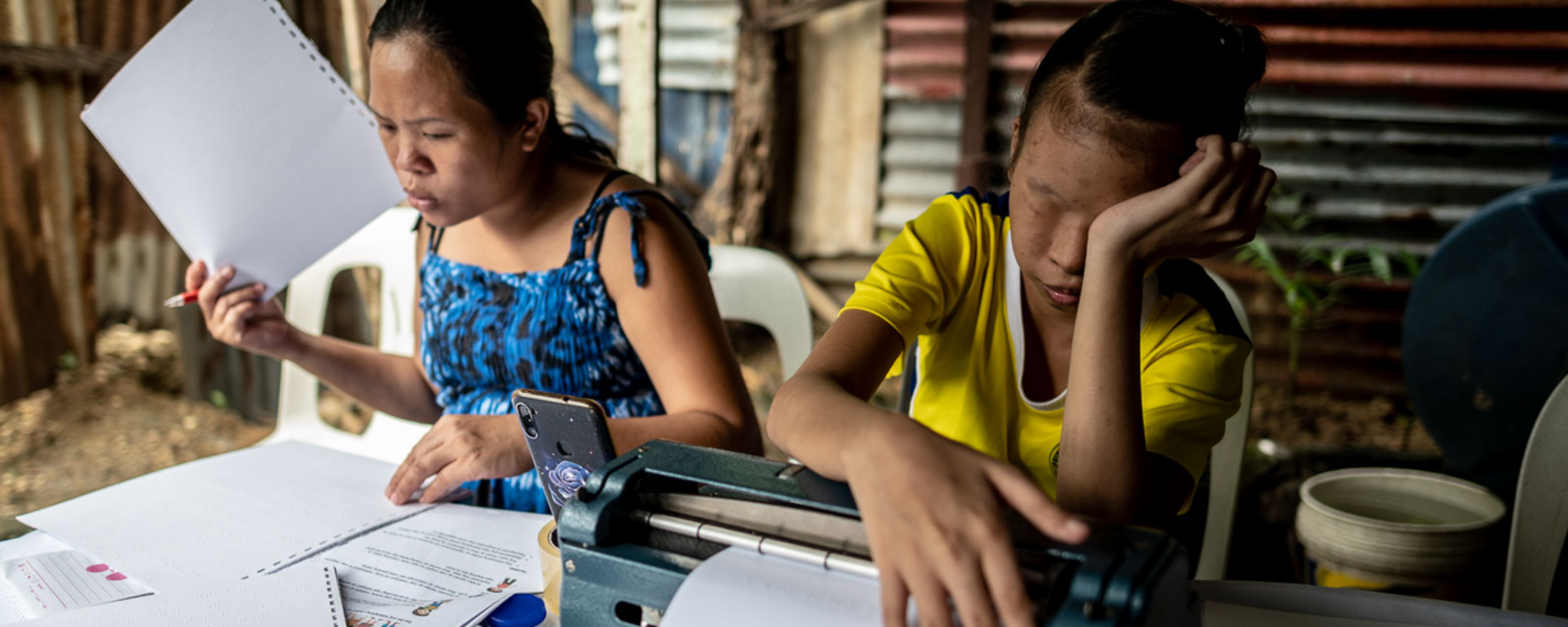


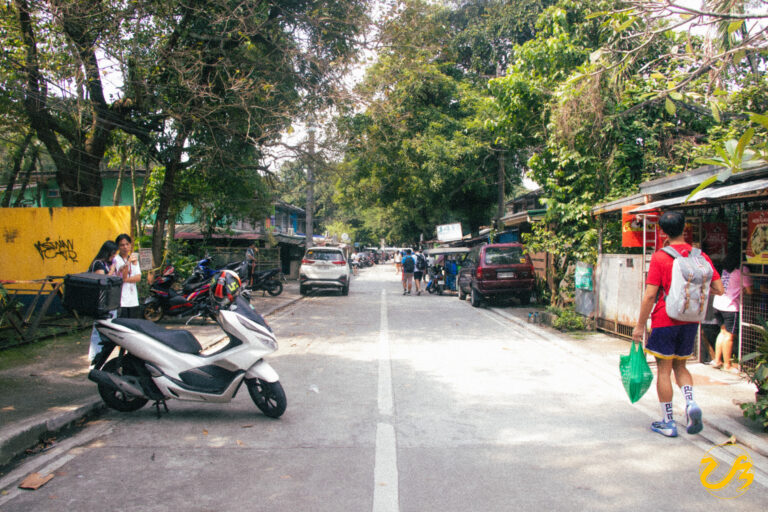

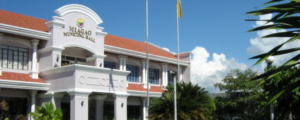
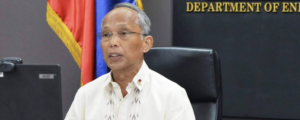
I think other web site proprietors should take this site as an model, very clean and wonderful user genial style and design, let alone the content. You are an expert in this topic!